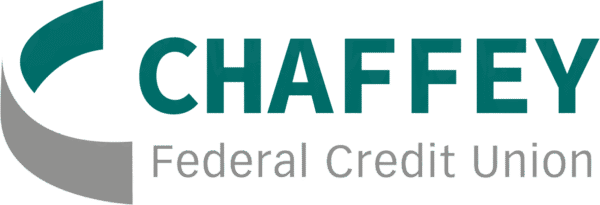
Children learn day-to-day habits from watching and repeating the actions of the people around them. Habits regarding money are set for kids by age 7*! (My First Nest Egg) This is why introducing children to positive financial relationships is critical, even when they are young! What better time to recognize the impact of financial learning, than in a month dedicated to financial literacy.
That’s right – April is National Financial Literacy Month and Credit Union Youth Month! We’re celebrating the month by bringing more financial resources and education to our youngest Members. We’ve gathered some tips and resources to jumpstart your money management conversations.
- Keep age in mind – As they grow, children’s learning processes develop with them. While focusing on putting savings in a piggy bank or looking at the prices of items might benefit young children, it might make sense to introduce teens to topics such as credit and borrowing. The Consumer Financial Protection Bureau offers Money as You Grow , a free resource dedicated to guiding children of any age towards financial knowledge. They provide a helpful age breakdown for introducing financial topics, building blocks of financial skills, financial milestones, and more.
- Make financial conversations a part of everyday life – Avoiding financial conversations around children may instill the idea that money should be a restricted or private topic. However, turning to family members or financial professionals with questions may open the doors to new learning opportunities, such as explaining which items you are picking, and what their price is when you go to the grocery store. Invite your child to help you build your shopping list and compare items and prices while shopping. Taking them to an ATM or credit union location can help them learn how financial institutions help us store money.
- Discuss Wants vs. Needs – Shopping trips are a great opportunity to introduce wants vs. needs! An important skill in spending is being able to differentiate wants from needs. When you bring your child to the store with you, explain the difference between which items are needs and which are wants. We need food to eat for dinner tonight, but spending more on takeout is a want. Wants aren’t necessarily bad, but it is essential to understand how they differ from needs and the amount being spent to purchase them.
- Make learning about finances fun – To provide a fun resource for teaching money management and practice, Chaffey FCU has partnered with My First Nest Egg. My First Nest Egg works to introduce young minds to money by offering an educational platform that can be incorporated into everyday situations. Smart piggy banks, chore puzzles, daily challenges, and more help get your child excited about learning building financial skills. Chaffey FCU members can download the app for free.
- Plan ahead – Knowing where you plan to spend money as an adult is essential to staying within your monthly budget. Teach this skill early by helping your child plan how to spend and save the money they received from chores, birthdays, or holidays. Introducing older children to the family budget can help them understand the complexity and importance of planning finances. As adults, unexpected expenses, such as car breakdowns or medical bills, can be cause for concern. The knowledge of building a spending plan that factors in emergencies can help your children combat these in the future.
- Help them set savings goals – It’s important to know that we may not have the funds to buy something right away – sometimes, we have to save up for an item that we want. Next time your child wants something new, help them save up for it instead of purchasing it right away! Show them how to keep track of their money with a piggy bank or with their own savings account (or by using the My First Nest Egg app!). What about a save/spend/give approach to savings? Setting savings expectations (such as, saving $2 for every $10 they receive) can help them normalize saving constantly. In honor of Credit Union Youth month, free savings-themed color pages and crosswords are available for printing or in our branches.
- Practice financial responsibility – Giving your child a safe space for practicing money management can open the door to hands-on financial learning. Instead of opting for a regular allowance, some parents choose to give money based on tangible accomplishments to introduce the idea of earning money. Reward your child for goals made based on accomplishments such as, household chores, school grades, or taking care of the family pet. This may help teach the importance of working hard for their money, which they will have to do in adulthood.
- Introduce safe borrowing – When your child is older, introduce them to credit and borrowing so they have a grasp on these topics before making costly mistakes. Giving them examples of how you use different types of debts (such as installment loans or credit cards) can help them understand key features such as the payments, limits, and dates associated with each.

 Latest Post
Latest Post 
